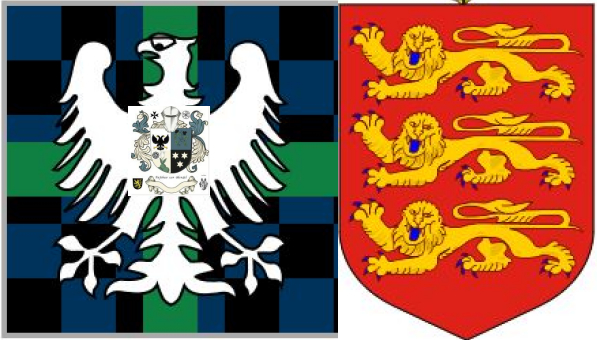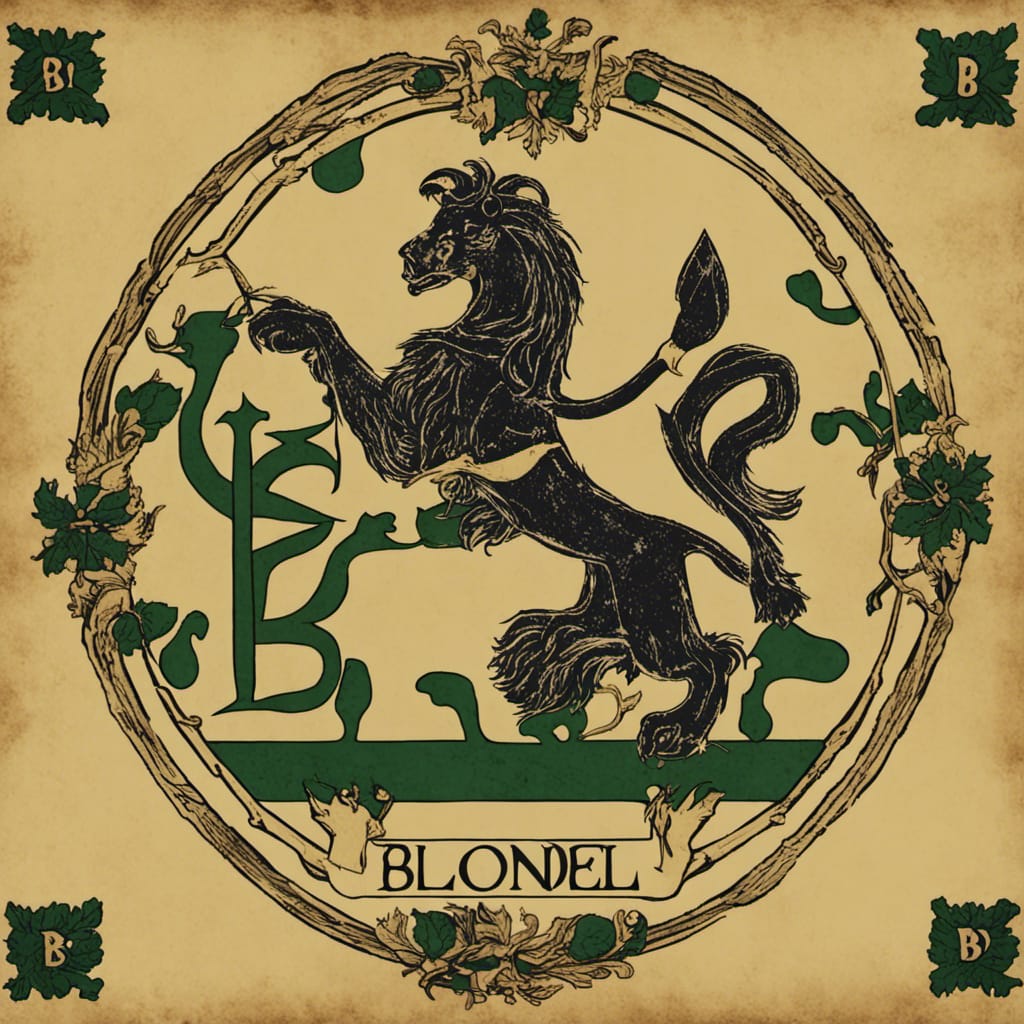


Feudalism in the Bailiwick of Guernsey The noble title of Seigneur (Feudal Lord) came at that time. In most of the cases the Norman Seigneurs were absentees. During the feudal period, the Seigneurs were the pivot of the feudal system in the different Christian kingdoms. They had the power in their fiefs, appointed courts, appointed officers, conferred awards, collected taxes for the King and dispensed justice, including the power to inflict death in their courts. The Seigneur on Guernsey ruled his feudal estate as CHIEF among his principal tenants, who formed his Seigneurial Court and administered justice, within the limits of his jurisdiction under his representative, the Senechal or President Feudal Courts The Seigneurial courts have been meeting regularly in Guernsey until the XIX century. After the turn of that century the courts nearly disappeared. At present time only the Seigneur of Fief de Blanchelande (now the Bailiff, ex-officio) and the Seigneur of Fief Le Comte continue to hold their feudal courts. It was tradition that the court and officer members were from the fief. Meetings usually took place within the fief territories. The Court appointed “chefs de bouvée”, who were responsible for the collections of dues in designated areas (bouvées).
1) The first phase came with the original grant of the two parent fiefs about 1020 followed by
grant of sub-fiefs to Norman knights. As usual in the medieval times, the Anglo-Norman society was only interested in territorial power. To every grant of a feudum nobile, or feudum dignitatis, a jurisdiction was always annexed. The titles of nobility given at that time were the feudal titles of Lord (Seigneur). In 1265 Henry the III King of England, initiated the creation of nobles by Writ of Summons. (Barons) In 1388, King Richard II introduced the creation of Barons by Letters Patent. However, as the Anglo-Norman isles of the Channel are not part of England, there are no Norman titles by Writ of Letters Patent. The only true Norman titles are the feudal titles by tenure (Seigneurs). That is not to say that a Seigneur of the island or other person from the Channel Islands could not have a title of nobility granted by an English monarch or by other foreign fount of honours; however it will never be a Norman title of nobility.
1) The highest rank was entitled to the symbol of a dovecote.
Additionally some fiefs had some other obligations, such as keeping under strict guard any prisoner of the King convicted of a minor offence (Anneville), or perform the office of cup-bearer to the monarch (Sausmarez) or to provide a pair of spurs (Eperons). Villains also had obligations such as the payment of the Congé (when the land changed hands)
Acts of Parliament: An Act of Parliament does not apply automatically to the Island but only if the Island is expressly named therein or because it must apply by necessary implication. An Act of the Parliament which applies to the Island is transmitted by the Clerk of the Privy Council through the official channels to the Royal Court for registration in Records. Insular legislation: There are two forms of insular legislation, namely Laws and Ordinances. Law originates in the passing by the States of a Project de Loi or Bill. This has no force of law, until having been transmitted by the Bailiff through the Lieutenant-Governor to Her Majesty in Council, it receives the Sanction of the Sovereign or refused sanction. The States exercise legislative power by way of Ordinance. It was exercised by the Royal Court until 1948 when the powers and functions of a legislative nature were transferred to the States by the Reform (Guernsey) Law 1948. Ecclesiastical legislation: The Church of England in Guernsey is part of the Diocese of Winchester, having been finally transferred from the Diocese of Coutances by an Order in Council of 11th March, 1569. The Dean of Guernsey and the Rectors are appointed by the Crown.
Guernsey Offices: The offices held in Guernsey are: B) The Bailiff is the Island’s chief citizen and representative. The Bailiff is appointed by the Sovereign by Letters Patent under the Great Seal of the Realm and holds office during Her Majesty’s Pleasure subject to a retiring age of seventy years. He is President of the States of Election, President of the States of Deliberation, President of the Royal Court, President of the Court of Appeal and head of the administration. C) Deputy Bailiff: Same as the Bailiff, acting as Bailiff in absence, incapacity or vacancy of the Bailiff.
E) The Greffier: is Clerk in the Royal Court and Clerk to the States. F) The Sheriff: Appointed by the States Appointments Board and may not be dismissed from office otherwise than by Her Majesty. The Sheriff is responsible for executing judgments and sentences of the Royal Court and of the Magistrate’s Court. The Sheriff is an officer of the Royal Court and of the Magistrate’s Court and the States of Deliberation and the States of Election. G) The Sergeant. H) Receiver-General (collection of dues to the Crown) are other crown appointments.
1) the Procureur (Attorney-General) and II) the Comptroller (Solicitor General). There are also: The Court of Appeal, The Magistrates’s Court, The Ecclesiastical Court and the States of Guernsey (States of Deliberation, they are the legislature and the government of Guernsey). Other Fief Powers
A residual of the old uses still remains nowadays and if land or property change hands in Guernsey the conveyance must include the name of the fief where the property is located. The Seigneur was also entitled to payment for his permission (congé) when property on the Fief changed hands for payment. This payment now goes to the Crown (see above history). Constitutional Position of the Channel IslandsAccording to with Sir John Loveridge, Bailiff of Guernsey from 1973 to 1982, “the Channel Islands, of which the Bailiwick of Guernsey forms part, occupy an unusual position in Her Majesty’s possessions for they are not part of the United Kingdom nor are they sovereign states or colonies... They are part of Her Majesty’s possessions with insular legislatures, judiciaries and executives, but Her Majesty’s Government of the United Kingdom is responsible for their defence and international relations”. Some Remarks on the Constitution of Guernsey, One of the Channel Islands ... By Thomas Fiott De Havilland |
Seigneur de la Fief of Blondel Lord Baron Mentz of Fief Blondel Geurnsey Crown Dependency Seigneur Fief of Blondel George Mentz Lord Baron of Fiefdom Blondel Freiherr of Fief Thomas Blondel Feudal Lord of Baronnie - Noble Fief Barony Friherre > Feudal Guernsey Titles Seigneurs and Dames Travel Research Lord Paramount Feudal Barons The Seigneur Order Patron George Mentz Charter of Liberties Deed & Title Fief Blondel Islands Viking Kingdom Fief Worship Fiefs of the Islands ECS Extended Continental Shelf Styles and Dignities Territorial Waters Blondel Privy Seal Fief Bouvees of Fief Thomas Blondel Guernsey Court of Chief Pleas Fief Court Arms Motto Flower Fief de l'Eperon La Genouinne Kingdom of West Francia Fief DuQuemin Bouvée Phlipot Pain Bouvée Torquetil Bouvée Bourgeon Bailiwick of Ennerdale Channel Island History Fief Direct from the Crown A Funny Think Happened On the Way to the Fief Guernsey Bailiwick of Guernsey - Crown Dependency Confederation des Iles Anglo-Normandes Sovereignty Papal Bull Research Links Norse Normandy Order of the Genet Order of the Genet Order of the Star Est. 1022 Knights of theThistle of Bourbon Count of Anjou Fief Rights Blondel and King Richard Press Carnival Manorial Incidents Appointments of Seigneurs Store Portelet Beach Roquaine Bay Neustrasia Columbier Dovecote Fief Blondel Merchandise Fief Blondel Beaches Islands Foreshore Events Fiefs For Sale Sold Lords of Normandy Fief Coin Viscounts de Contentin Fief Blondel Map Feudal Guernsey Titles Board of Trustees The Feudal System Hereditaments Chancellor Flag & Arms Fief Videos Guernsey Castle Sark Contact Advowson Site Map Disclaimer Freiherr Livres de perchage Lord Baron Longford Income Tax Guernsey Valliscaulian Order Saint Benedict of the Celestines Society of Divine Compassion Dictionary Count of Mortain Seigneur de Saint-Sauveur Seigneur of Fief Ansquetil Top Success Books Datuk Seri George Mentz Order St. Benedict OSB Celestines Order of the Iron Crown Order of the White Falcon Colonel Mentz Order Red Eagle Order St. Louis Order Holy Ghost Order of Saint Anthony Order of the Black Swan Order of St Columban Order of the Iron Helmet Livonian Brothers of the Sword Fief treizième and Direct from Crown Valuation Fief Blondel Prince of Annaly Teffia
Feudal Lord of the Fief Blondel of the Nordic Channel Islands Guernsey Est.
1179
Feudalherr - Fief Blondel von der Nordischen Insel Guernsey Est. 1179
New York Gazette - Magazine of Wall Street -
George Mentz -
George Mentz - Aspen Commission - Mentz Arms
Counselor George Mentz Esq. - Seigneur Feif BlondelBaron Annaly Baron Moyashel Grants to Delvin About Longford Styles and Dignities The Seigneur Court Barons Fiefs of the Islands Longford Map The Island Lords Market & Fair Fief Worship Channel Island History Fief Blondel Lord Baron Longford Fief Rights Fief Blondel Merchandise Events Blondel and King Richard Fief Coin Feudal Guernsey Titles The Feudal System Flag & Arms Castle Site Map Disclaimer Blondel Myth DictionaryMentz Scholarship Program 101 Million Donation - Order of the Genet Knighthood |





George Mentz Education -
Commissioner George Mentz
-
https://finance.yahoo.com/news/commissioner-george-mentz-clinches-influencer-180000705.html
-
George Mentz News -
George Mentz Net Worth - George Mentz Noble Tilte -
George Mentz -
George Mentz Trump Commissioner -
George Mentz Freiherren Count Baron -
George Mentz Global Economic Forum -
George Mentz Donates Millions